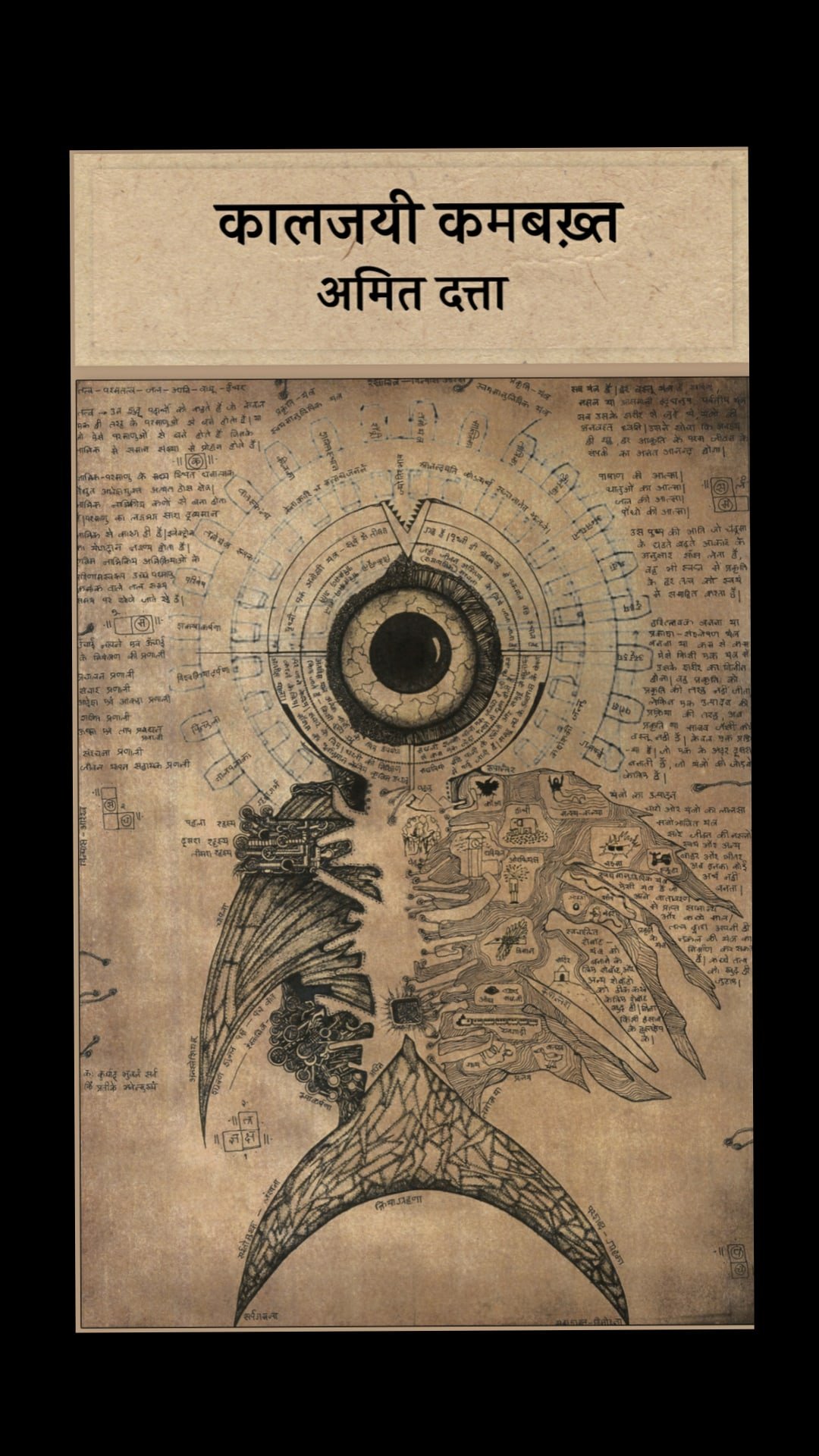
12 Things to Know About the Armory Square Prize Shortlist
The Armory Square Prize Shortlist features a group of multi-talented translators from across South Asia and its diaspora. All five shortlisted entries, chosen from over fifty submissions, reflect the breadth and linguistic complexity of the region and a robust, modern literature in South Asia. Many are fluent in multiple South Asian languages. Outside their translation work, they write fiction, study Islamic art and comparative literature. Most are involved in the promotion and development of South Asia’s languages and its artistic and literary traditions.
Four languages are represented on the shortlist. Two have never had an American publisher.
About the Languages
The four languages represented on this shortlist — Urdu, Hindi, Assamese and Sri Lankan Tamil — are severely underrepresented in Anglophone literary markets. Over the past ten years, translated literary works from South Asian languages made up less than 1% of all translated literature published in the US.
English translations of works from two languages represented on our shortlist — Assamese and Sri Lankan Tamil — have yet to find American publishers.
On our list, 2 out of the 4 story collections feature the writers Siddique Alam and Yeshe Dorje Thongchi, whose short form fiction has never before been anthologized in English.
About the Authors
Most of the selected works were published between 2005 and 2022, by writers who have for decades worked in underrepresented literary traditions.
4. Most of the works selected were published in the last two decades, between 2005-2022 from underrepresented literary traditions. The shortlist also highlights authors with long and established literary careers. In some cases, they span over 50 years, such as Nasera Sharma (b.1948), Siddique Alam (b. 1952) and Appadurai Muttulingam (b. 1937).
5. Yeshe Dorje Thongchi is one of the few writers of his generation from Arunachal Pradesh who writes in Assamese. His work often concerns the deep connections between Assam and Arunachal, and the underreported history of the North-East Frontier Agency (NEFA).
6. Appadurai Muttulingam’s work represents a minority literary tradition within Sri Lanka (Sri Lankan Tamil), reflecting the author’s experiences of diasporic migration. His stories move between not only Sri Lanka and Canada (where the author now lives) but also diverse locations in Africa and Asia — such as in “Kuri thappatha nalla thuppakki” (The Good Gun That Doesn’t Miss its Mark), about Kashmiri fighters living in Peshawar.
7. Siddique Alam is a writer from West Bengal and an eminent voice in contemporary Urdu fiction. His presence in the Urdu literary landscape recalls Kolkata’s bygone role as a center of excellence for Urdu, and the diverse trajectories of the language in the history of the subcontinent.
8. As a Muslim author writing in Hindi, Nasera Sharma’s work challenges assumptions about the communal character of the Hindi/Urdu divide: in which Hindi is for Hindus, and Urdu for Muslims. The works helps us imagine a broader vision of Indian literature in which minority experiences represent the whole in all their nuance, diversity and specificity.
9. Of the authors on the list, Amit Dutta is better known as one of India’s foremost experimental filmmakers. Kaljayi Kambakht (This Village Doesn’t Exist, translated by Vaibhav Sharma)
is his debut novel.
About the Stories
10. Many of these narratives cross imaginatively into the animal world. In Appadurai Muttulingam’s story “Aaraathuyaram”
(Unrelenting Grief, translated by Thila Varghese), an elderly immigrant reminisces on the poignant loyalty of his pet messenger dove from many decades ago. In Amit Dutta’s fantastical novel Kaljayi Kambakht (This Village Doesn’t Exist, translated by Vaibhav Sharma), pigeons and ducks understand human language, while vicious crows attack and loot villagers. And perhaps most inventively, Nasera Sharma’s Alpha-Beta-Gamma (translated by Akshaj Awasthi) voices the inner lives of New Delhi’s street dogs among its varied protagonists.
11. Multiple writers have indigenous roots, lineages typically underrepresented both in Anglophone and South Asian literary traditions. Yeshe Dorje Thongchi’s stories (translated by Aruni Kashyap) are set in the indigenous communities of India’s diverse Northeast, particularly the author’s home state of Arunachal Pradesh.
12. Siddique Alam’s “The Kettledrum” (translated by Musharraf Farooqi) tells the story of an Adivasi matriarch living with the ghost of her deceased husband, weaving in legends that animate tribal communities and their rapidly receding traditions.







